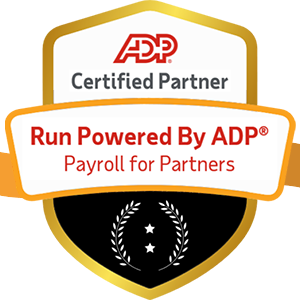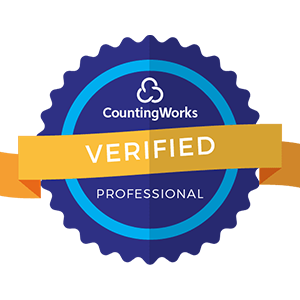
The traditional annual performance review is rapidly becoming obsolete. Modern employees seek continuous feedback and development opportunities, while managers require immediate insights to guide decisions and drive outcomes. This shift has given rise to real-time performance management—an innovative approach revolutionizing workplace dynamics and employee development.
Real-time performance management represents a continuous process of feedback delivery, goal setting, and progress evaluation that occurs in the moment rather than during scheduled review cycles. This approach emphasizes regular check-ins, both structured and informal, ensuring employees maintain alignment with organizational objectives while receiving timely guidance for growth.

Regular feedback creates stronger connections between employees and their work, fostering investment in personal growth. According to Gallup research, employees receiving consistent feedback are 3.5 times more likely to demonstrate engagement compared to those who don't.
Immediate feedback enables swift course correction and adjustment, eliminating the delay associated with annual reviews. This immediacy allows employees to optimize their approach to tasks and maximize resource utilization in real-time.
Regular feedback linked to organizational objectives helps employees understand their role within the broader organizational context. This clarity ensures individual efforts directly contribute to company-wide goals and initiatives.
The real-time approach promotes transparent dialogue between managers and employees. Immediate feedback tends to be received more constructively, viewed as collaborative guidance rather than criticism, ultimately strengthening workplace relationships.

Set precise, collaborative goals that reflect:
Create a consistent feedback schedule including:
Implement multiple feedback mechanisms:
Utilize modern tools to streamline the process:
Focus on growth-oriented activities:
Create a comprehensive approach that:

While continuous feedback requires significant time investment, organizations must balance regular communication with operational efficiency. Success lies in finding the right frequency and depth of interactions for each team's needs.
Transitioning from traditional reviews may face resistance. Organizations should:
To ensure equitable feedback delivery:
Integrate real-time feedback with:
The evolution of performance management continues to accelerate. According to Deloitte, 79% of executives prioritize performance management transformation, with 89% either implementing changes or planning to do so within 18 months.
Emerging trends include:
Real-time performance management represents a fundamental shift in how organizations develop and engage their workforce. Despite implementation challenges, the benefits of continuous feedback—including improved engagement, enhanced productivity, and stronger organizational alignment—make it an essential evolution in modern workplace practices.
Success in this transformation requires commitment to:
Organizations that embrace real-time performance management position themselves to build more agile, responsive, and high-performing teams ready to meet tomorrow's challenges.
Ready to transform your organization's approach to performance management?


